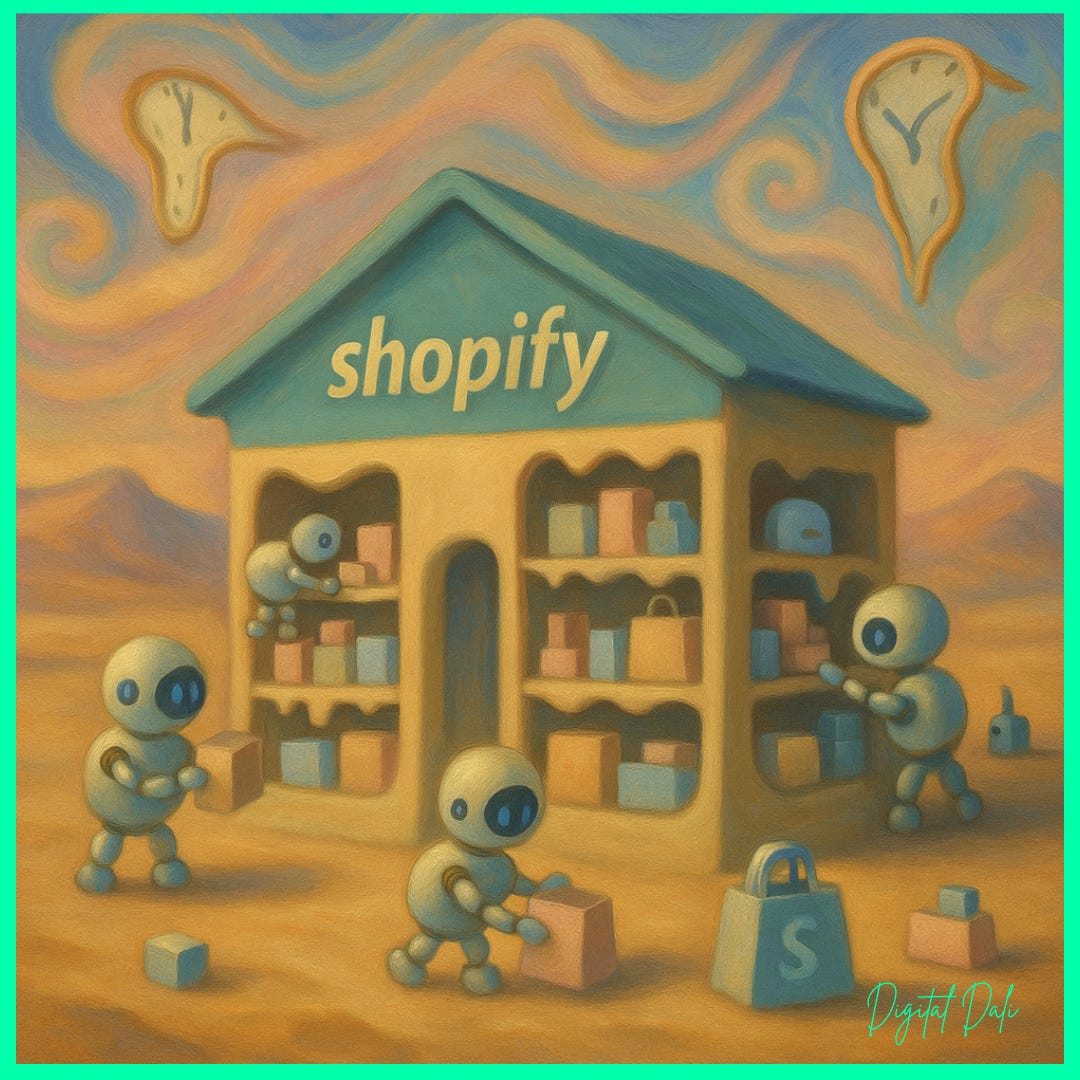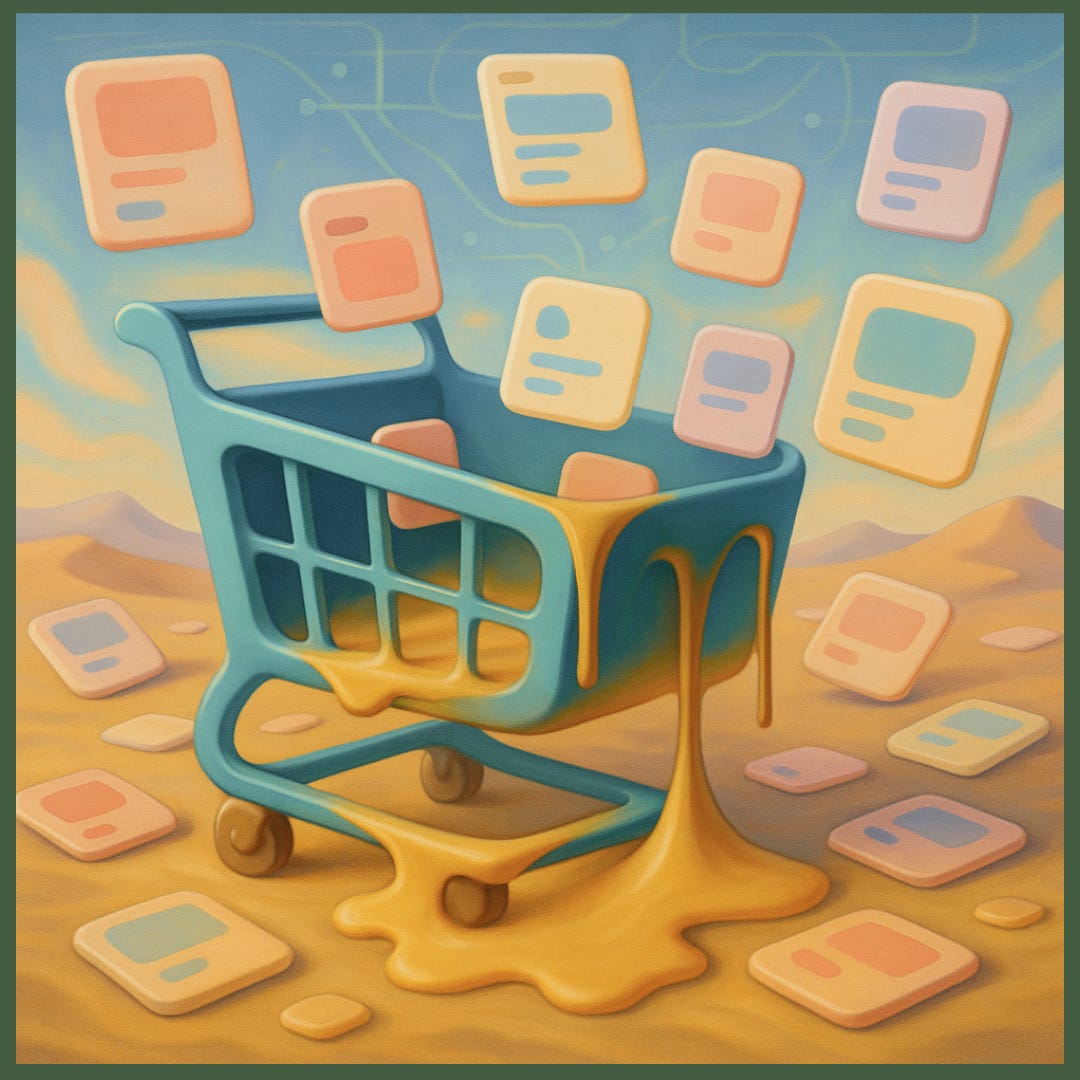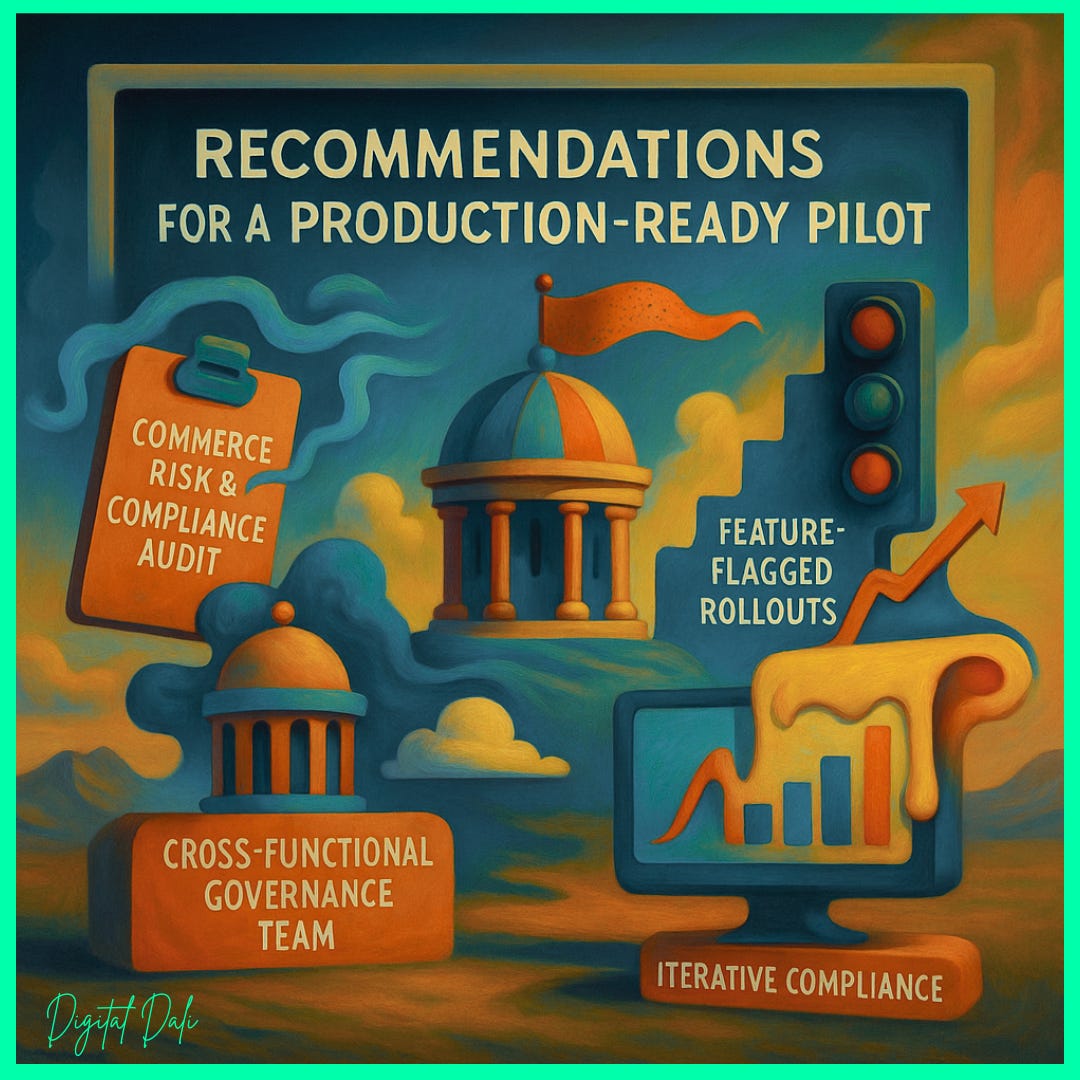Scaling AI Agents in Shopify: A Critical Evaluation
How AI Agents Revolutionize Shopify: Automating Personalization, Logistics, and Support to Transform Your One-Person Shop into a Self-Driving Growth Engine.
AI agents can automate personalization, logistics, support, and more—transforming a one-man shop into a self-driving growth engine. Below, we evaluate a generic AI-agent playbook through a Shopify lens, then surface the extra considerations you’ll need to safely pilot and scale in production.
General Assessment
The six-stage lifecycle—identify → design → connect → pilot → scale → optimize—provides a robust foundation. Its emphasis on modularity, rapid prototyping, governance, and iteration applies directly to e-commerce. However, Shopify’s ecosystem, app dependencies, and customer-facing stakes demand specific adjustments.
Shopify-Specific Evaluation
1. Identify High-Value Tasks → Measure Commerce Risk
Generic playbook: Automate support, reporting, content ops.
Shopify reality:
Low-risk: Order-status notifications; inventory reordering alerts; product-detail page copy enhancements.
Mid-risk: Personalized product recommendations; dynamic pricing experiments.
High-risk: Automated refunds or policy decisions; any changes to checkout logic.
Action: Build a commerce-risk matrix to classify tasks by revenue impact and user trust. Begin with truly low-risk automations before touching the checkout or order flows.
2. Design Agent Ecosystem → Embed Storefront Safety
Generic playbook: Choose “reactive” vs. “autonomous” agents.
Shopify needs:
Model selection: Use explainable recommendation engines; avoid opaque “suggestion” bots in checkout.
Frameworks: Pick an agent framework that integrates smoothly with Shopify’s Admin and Storefront APIs—ensuring API rate limits and fallback UX.
Buyer-facing persona: If agents contact customers (e.g., via chat), craft a friendly, brand-consistent voice that never promises refunds or makes legal claims.
3. Connect to Systems → Secure Your Store Data
Generic playbook: Expose APIs and enforce IAM.
Shopify specifics:
API access: Leverage Shopify’s Admin API through a private app or custom app proxy—grant only the scopes you need.
3PL & App integrations: Securely connect to fulfillment services, CRM, and analytics via webhooks and GraphQL.
Data governance: Log every API call and UI action to a centralized dashboard (e.g., DataDog, Logflare) for audit and rollback.
4. Pilot with Canary → Validate on Live Storefront
Generic playbook: Shadow mode, KPI tracking.
Shopify approach:
Feature flags: Release the agent to 5-10% of your traffic using Shopify Scripts or a front-end toggle.
A/B/C testing: Use Shopify’s Experiment API or a third-party app (e.g., Littledata, Optimizely) to compare agent-driven vs. manual flows.
KPIs: Monitor uplift in add-to-cart rate, average order value (AOV), and support-ticket deflection.
5. Scale & Govern → Build a Commerce Governance Engine
Generic playbook: CI/CD, governance committee.
Shopify considerations:
Release pipelines: Automate deployments of your agent code via GitHub Actions or CircleCI, with rollbacks on error.
Governance team: Include store ops, customer support leads, marketing, and legal—ensure any content or pricing change is reviewed.
Human-in-the-loop: For any high-risk action (e.g., discount overrides), require manual approval via Slack or email.
6. Continuous Optimization → Iterate on Conversion & Trust
Generic playbook: A/B tests, drift monitoring.
Shopify context:
Decision analytics: Feed every agent suggestion and outcome back into your BI tool (Looker, Metabase) to spot false positives or revenue impact.
Customer feedback loop: Add a “Thumbs up/down” on any chat-bot suggestion or recommendation, then retrain models weekly.
Safety checks: Audit your recommendation logic monthly to ensure no prohibited products or outdated inventory slip through.
Recommendations for a Production-Ready Pilot
Commerce Risk & Compliance Audit
Map every agent’s touchpoint against revenue, brand reputation, and customer trust.Cross-Functional Governance Team
Include store manager, support lead, marketing, IT, and legal—meet weekly during pilot.Feature-Flagged Rollouts
Use Shopify Scripts, LaunchDarkly, or Home-grown toggles to control exposure to real shoppers.Commerce-First Metrics
Track add-to-cart rate, AOV, support deflection, and net promoter score (NPS) — not just raw automation speed.Iterative Compliance
Log all changes and allow one-click rollback of any agent action that harms UX or violates policy.
Looking to launch your AI agents without risking revenue or reputation? These recommendations will help you run a tightly controlled, measurable pilot that safeguards your brand and delights customers:
And if you need help, let me know—Digital Dali is always open for a chat.





